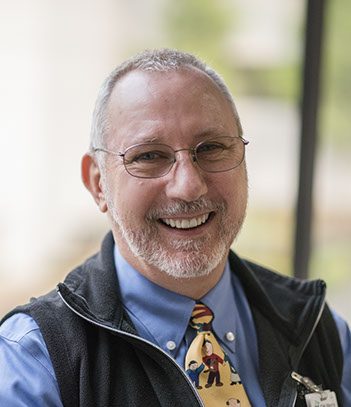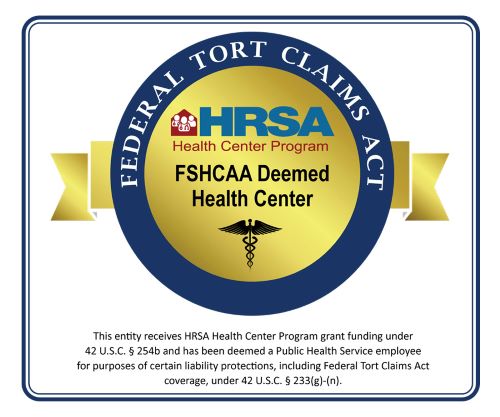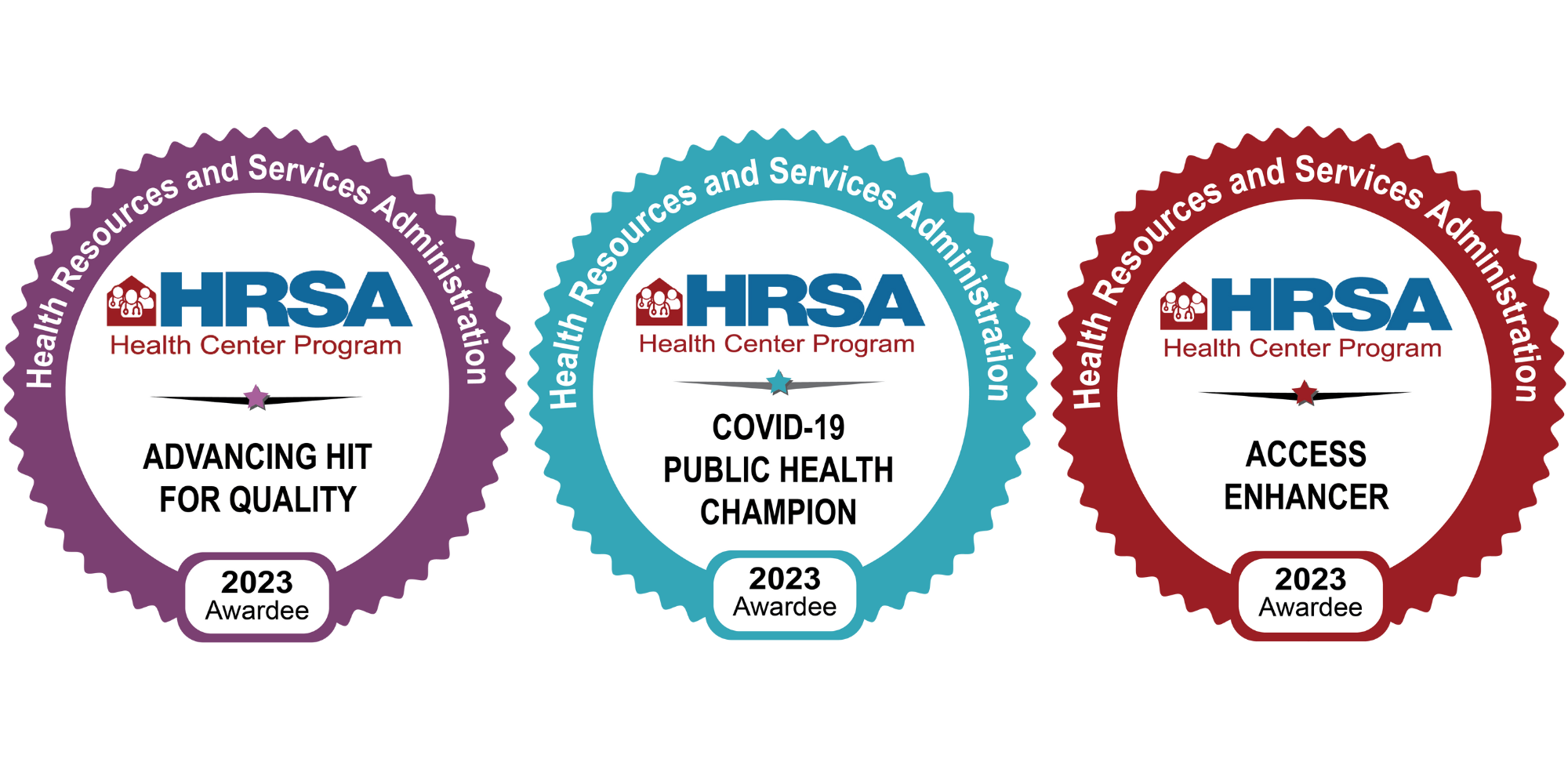The Patient-Provider Relationship: A “Sacred Space”
 By Chip Taylor, MD, MPH
By Chip Taylor, MD, MPH
Residency Program Director
“Thanks for coming, doc.” These words echoed around the room in this modest farmhouse on a chilly Saturday morning in early January. We were gathered around the bed of the family patriarch, a hard-headed and hard-living rancher whom I had been privileged to care for the past five years of his life. Carl was dying, and I was there at his request, although it was obvious when I entered the room that I was too late to do much for him.
Carl had been his usual cantankerous self only six weeks earlier, and then he began wasting away with a belly full of suspicious lymph nodes. I had seen him twice since he began his decline. On the afternoon of Christmas Eve, Carl presented to my clinic; sitting upright and proud in his wheelchair he reported that his right leg had been swelling over the past week. I recommended we evaluate for a DVT and in his usual plainspoken manner he politely but adamantly declined, “H*ll no doc. I ain’t goin’ to no d*mn hospital on Christmas Eve.”
Sensing Carl had a premonition that he did not have much time left, I gently began a conversation about treatment options beyond what the oncologist might offer including Hospice and even physician-assisted suicide, a service that I do not personally provide, but which is legal in Oregon. Not surprisingly, he emphatically, and profanely, stated that he would beat this thing.
Two weeks later, Carl was back in my office. He was on his way to meet with the oncologist to hear the results of his recent lymph node biopsy. He looked terrible, and I stated as much when I asked him, “Do you feel as bad as you look?” He replied, “I feel pretty rough, doc.” We did our ritualized review of symptoms and exam. I adjusted his pain medications and made some gentle suggestions for comfort care before offering him the opportunity to talk again after his meeting with the oncologist – in case the news was not positive. I think both of us sensed this would be his last visit to my clinic.
It was not easy for Carl to choose hospice care, and it took several conversations by phone over the next several days to reach his decision. In the end, he only lasted about a week. As I sat in the chair beside this proud, stubborn man, with his family gathered round and his faithful dog at his side, the family told me Carl had wanted me to come to his home so I could tell him what to expect as he entered the last days of his life. This comment surprised me because I feel the hospice nurses do such an excellent job explaining things I sometimes forget how important our presence can be as the trusted family doc.
Carl had never been afraid to die. As I sat there with my hand gently resting on his shoulder talking to the family, I admired his clean brushed hair and luxurious gray beard, his peaceful countenance and his regular, unlabored breathing. The family recounted stories about their dying patriarch and shared that he really liked me because I was the only doc that wasn’t put off by his coarse speech and always “told it straight.” The family shared they had said their goodbyes, but felt Carl had been waiting for me to come before taking his leave from this earthly existence.
The family confessed the day before, the hospice nurses had recommended removing Carl’s oxygen but they were afraid that it would hasten his demise. At last, I felt like I might be useful as we explored Carl’s feelings about his oxygen. For the record, Carl hated the nasal cannula and would never wear it in public. We soon reached unanimous consensus that Carl would not be wearing the oxygen if he could speak or if he had the strength to remove it himself. I gently removed the nasal cannula and Carl died about three hours later, at home, on his beloved ranch, surrounded by his family. The family is certain he was waiting around until I made my visit and gave him my blessing and assurance that he could die in peace.
I am humbled by the realization that, at times like these, there is no substitute for the relationship and trust that develops with time between patient, family and doctor. Today, family physicians strive to provide evidence-based, patient-centered, cost-conscious, team-based care for our patients. Unfortunately, the patient and family sometimes get lost in the list of hyphenated care characterizations. What our patients really want is to be heard, recognized, appreciated and understood. I believe that family medicine, and our specialty’s contribution to health care in the 21st century, will be defined by the skill with which we manage the dichotomy between our roles as physician-as-scientist and physician-as-healer.
The core values that define Aviva Health’s new rural family medicine residency are reverence, integrity, compassion and excellence. What we do for a living is a vocational calling, and I strive to enter every patient encounter with a reverence commensurate to the trust and faith my patients place in me. It is my long-held belief there are two times in our practice when we enter a truly sacred space with our patients and their families – at births and deaths. I no longer deliver babies, but when I did, I always sang happy birthday while cutting the cord, and I always thanked the family for allowing me to be a part of the delivery. Now as I attend more deaths than births, I continue the practice of thanking families for allowing me to be a part of this sacred space. My practice is so much richer and more meaningful when I embrace the sacredness of our calling to be both scientist and healer as we care for patients, families and our communities.






